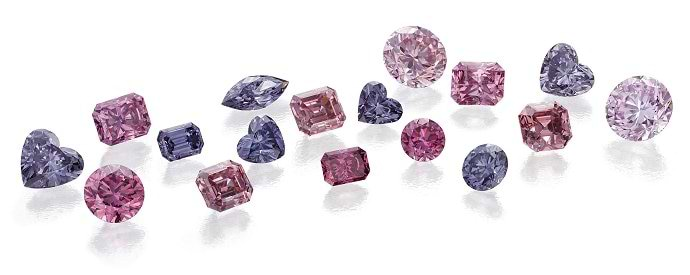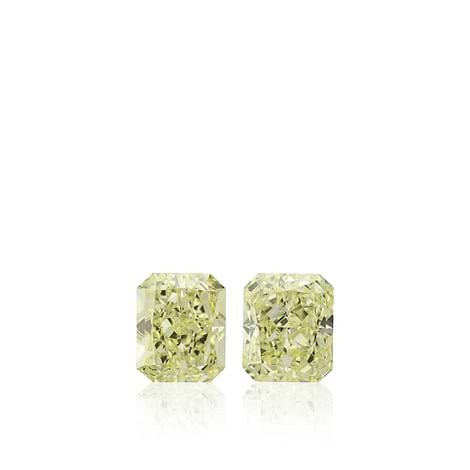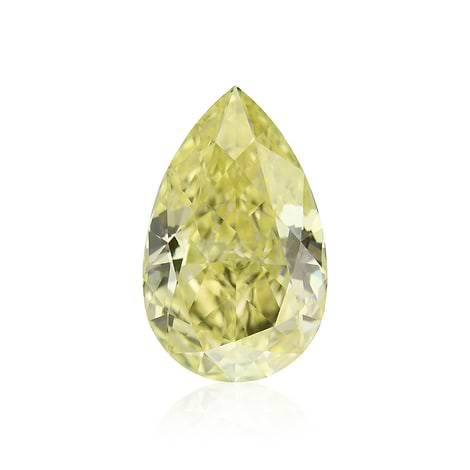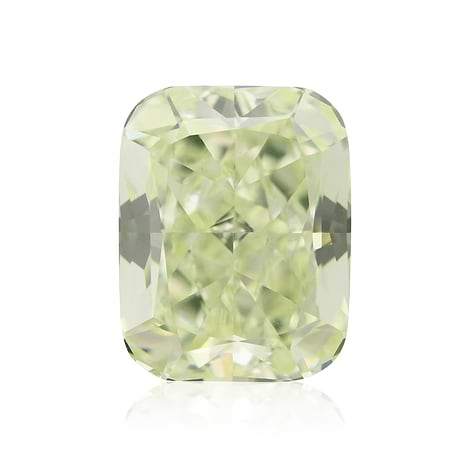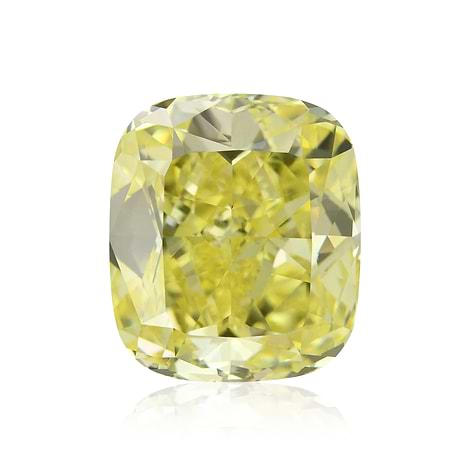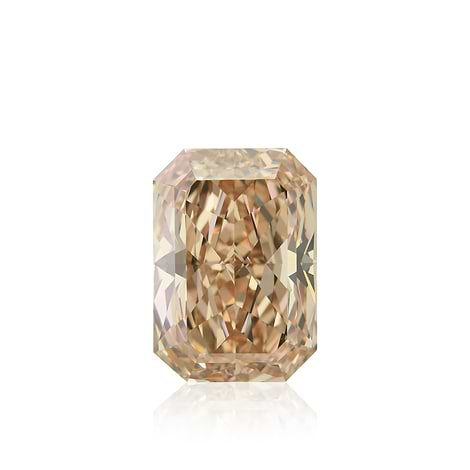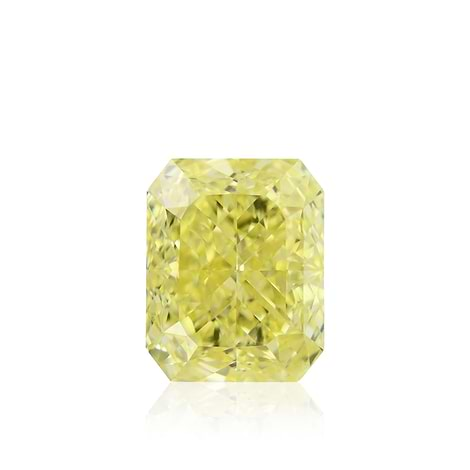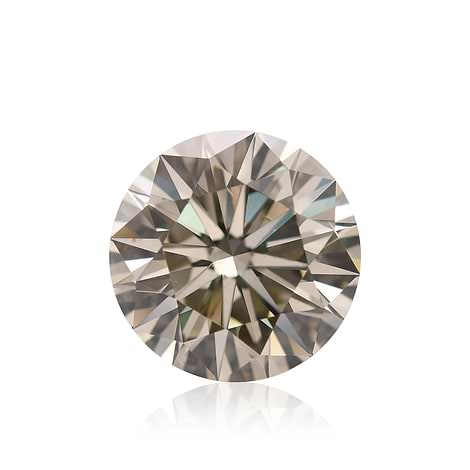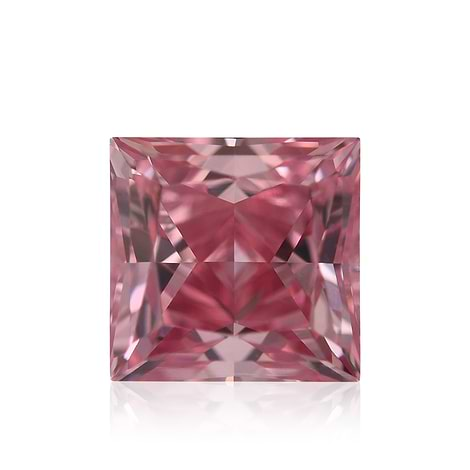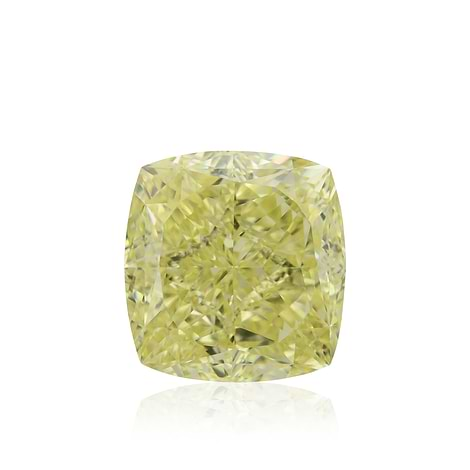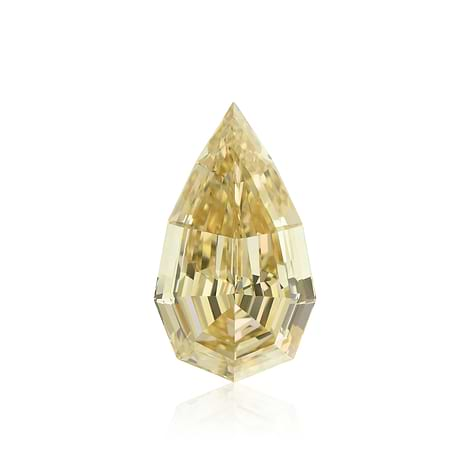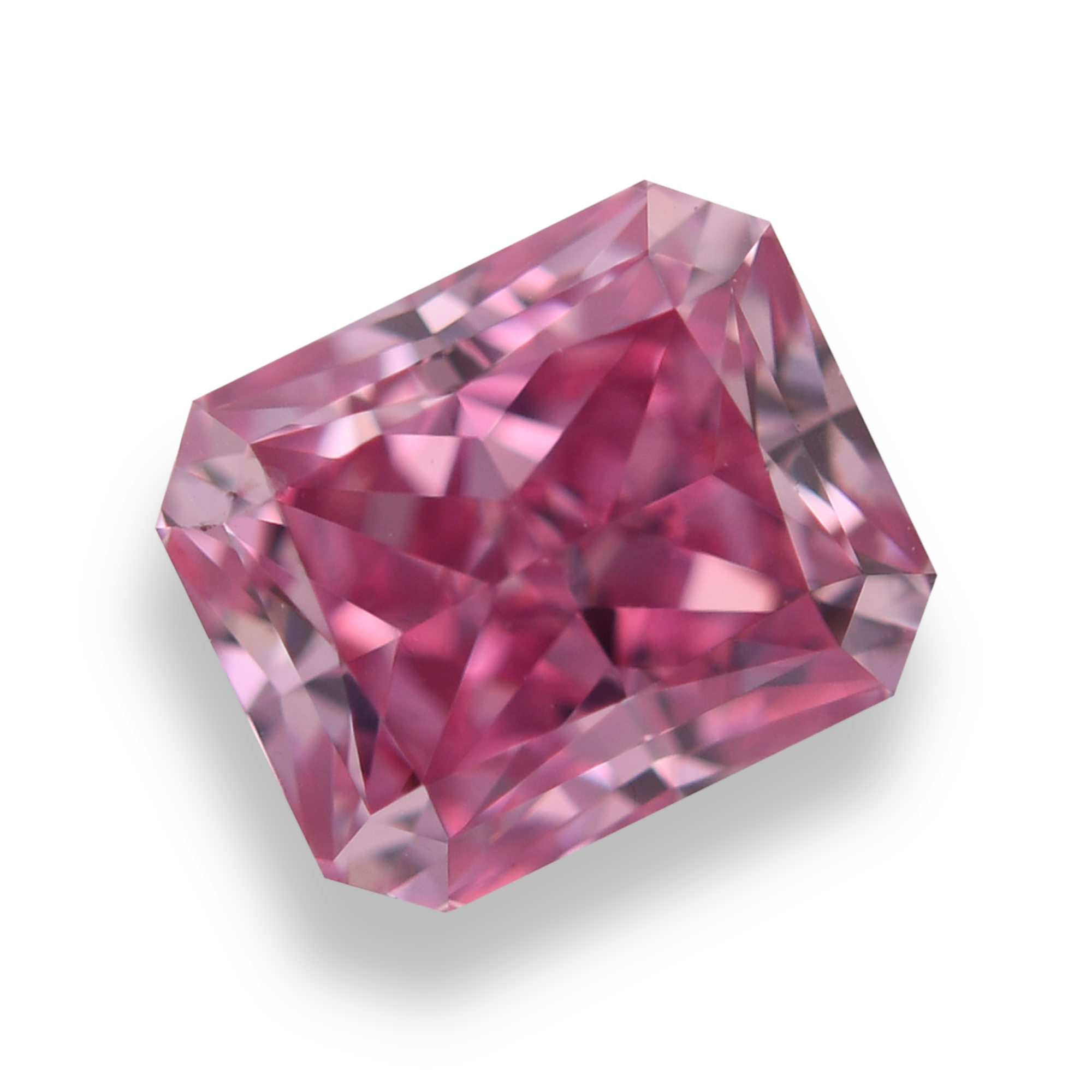Move over regular diamonds, because color diamonds are here to steal the spotlight! Many are unfamiliar with the term “color diamonds,” assuming this means diamonds that have been artificially colored. While artificial color diamonds do exist, that is not what color diamonds are! A true natural color diamond has been gifted to us by nature and is found displaying phenomenal colors, from pink to yellow to brown and even red. Where are color diamonds found? What gives them their color? Are they valuable? What famous color diamonds are there?
The 12 basic colors of natural fancy color diamonds: Yellow, Pink, Blue, Green, Orange, Champagne, Purple, Gray, Violet, Red, Black, and White
Sources of Color Diamonds and Diamond Color
All diamonds are rare, and are only found in certain remote locations around the globe. However, color diamonds are even rarer and are discovered in very limited areas. The main sources for color diamonds include Australia, namely the Argyle mine, South Africa, and India. The cause for the color in color diamonds varies from color to color. For instance, yellow diamonds owe their cheerful hue to the presence of nitrogen. Blue diamonds, on the other hand, contain boron, which causes a blue color. The cause of Pink and Red diamonds' remarkable color is unknown for certain, though speculations state that they are variations of the result of fractures in the crystal lattice.
A LEIBISH selection of Argyle sourced diamonds in varying shaped of pink and purple
The Value of a Color Diamond
Diamonds and value seem be synonymous, though diamonds can be found in many price ranges. All diamonds are assessed according to the 4 C's, and depending on the kind of diamond in question, they will be evaluated differently depending on how they exhibit each of the four qualities: color, cut, clarity and carat weight. The stones who best demonstrate the 4 Cs are obviously quite valuable, and the low-quality ones are generally considered not to be of gem quality, and are saved for industrial usage. Color diamonds takes the meaning of a diamond’s value to an entirely new level. A relatively small 0.15 carat color diamond can be worth a small fortune. The rarer the color, and the more intensely the color shows, the higher it will be valued. Yellow and brown diamonds are the most commonly found, while red, blue, and green diamonds are among the rarest of all the colors. Similarly, stones with lighter color intensity levels such as faint, very light, light, fancy light, and fancy are more abundant than diamonds with the richer intensities of fancy intense, fancy vivid, and fancy deep, and thus less valuable.
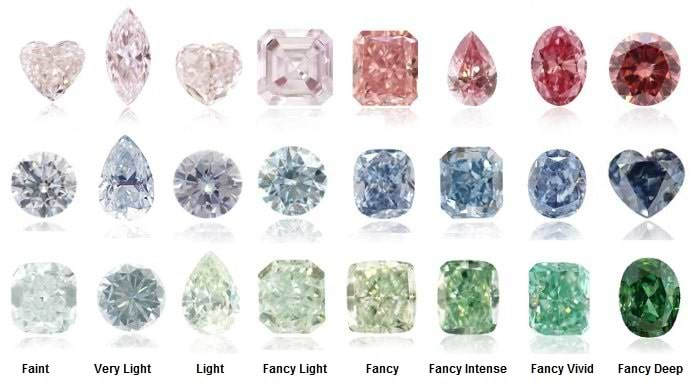
A display of Red, Blue and Green color diamonds in a range of intensities, from Faint to Fancy Deep.
Color Diamonds at Auction
Since color diamonds are so rare, many of the more unique stones can be found at prestigious auction houses, such as Sotheby’s and Christie’s, where they seek a price from the highest bidder. In fact, seven of the ten most expensive diamonds ever sold at auction were color diamonds!
Noteworthy Color Diamonds
Though still rare, color diamonds can be found at prestigious diamond dealers and jewelers. The stones are generally smaller than the average colorless diamonds due to their rarity and steep prices. However, there have been some occasional unusual finds that are large even by colorless diamonds' standards. In addition to being much bigger than usual, these stones are often of superb quality and display intense and pure colors. Therefore, stones of this caliber are recorded and usually put on display, housed in museums, or belong to royalty. Some of the most famous color diamonds of all times include The Black Orlov Diamond, The Hope Diamond (blue), The Pumpkin Orange, and The Royal Purple Heart.
Color diamonds have so much to offer, and their popularity is on the rise. Stunning, durable, classy, and valuable, color diamonds have been appreciated by royalty and the upper class since the dawn of time. The sensational colors offer something personal to every buyer, an added element than just the shape and cut that colorless diamonds provide. A color diamond jewelry piece is essentially an investment than can be worn and cherished. As a non-renewable natural resource, the already sparse sources of color diamonds continue to diminish, although color diamonds remain in high demand.

